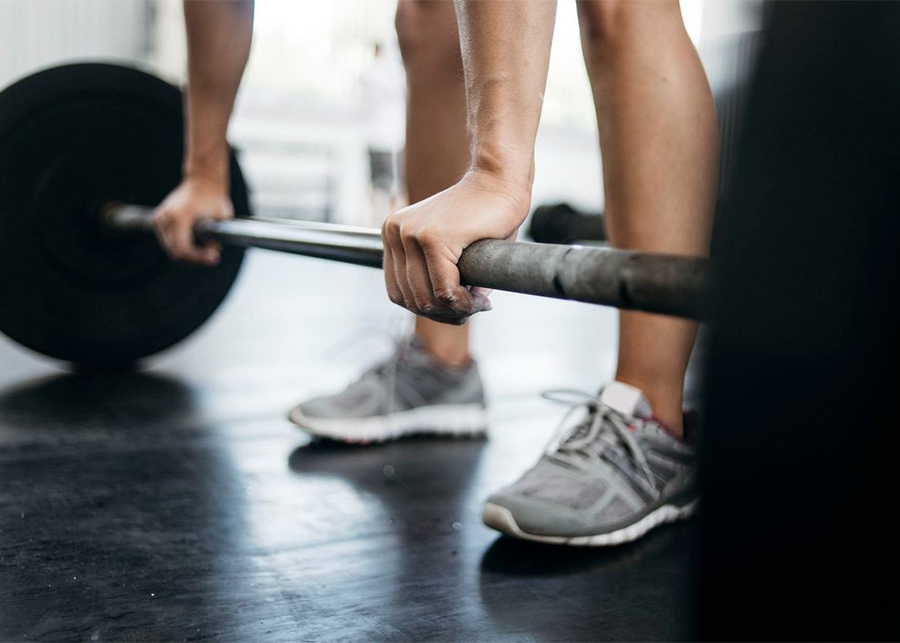Lifting weights burns a lot more calories than sitting down. But how many calories does lifting weights really burn? It depends on many factors, including your age, gender and body fat percentage. Muscle burns more calories than fat, and a pound of muscle will provide six extra calories each day, while fat will only supply two extra calories. In addition to the type of exercise, the length of the workout can also play a role. Some people find that one hour of weightlifting can burn 500 calories.
How many calories does lifting weights burn? It depends on many factors, including your age, gender, and body fat percentage. Muscle burns more calories than fat, and a pound of muscle will provide six extra calories each day, while fat will only supply two extra calories. In addition to the type of exercise, the length of the workout can also play a role. Some people find that one hour of weightlifting can burn 500 calories.
Calculator for estimating calories burned by lifting weights
You may be wondering how many calories you burn when you exercise. The good news is that there is a calculator online to help you figure out how many calories you’re putting out during various activities. This tool will calculate your total energy expenditure, including calories from food and drink. You can then add or subtract the total, depending on your goal. You can use this calculator to determine your overall caloric burn while working out or lifting weights.
The calculator does not account for intensity, but it can give you an idea of how many calories you’ll burn. It’s important to remember that everyone’s resting metabolic rate is slightly different. Some people naturally burn more calories than others. However, even the smallest difference can have a large impact on your daily calorie expenditure. The Compendium website explains these differences. It’s important to note that this calculator does not take into account your body mass, age, efficiency of movement, or high altitude.

Increased metabolic rate
One study found that people who lift weights increase their metabolic rate. The researchers studied the effects of high-intensity resistance training on a person’s metabolic rate. This study was published in the Journal of Sports Sciences. In addition, Broeder, C.E. and co-authors found that resistance training can enhance aerobic fitness and decrease calorie intake. Although there is still some uncertainty regarding the precise mechanism of weight loss from weightlifting, there are many benefits associated with resistance training.
The basal metabolic rate is the rate at which your body burns calories at rest. It is highly influenced by many factors, including age, sex, and genetics. Also, the size of your internal organs is a significant determinant of metabolic rate. In fact, the size of your internal organs can account for 43 percent of the difference in your metabolic rate. While weightlifting can increase your resting metabolic rate, it will also decrease your resting energy expenditure.
Increased calorie burn
The more weight you lift, the more calories you burn during a workout session. In a previous study, researchers determined that more than double the calories were burned during a bench press session when heavier individuals performed a high number of repetitions with low weights. They also determined that the increased muscle mass was associated with better long-term results. This suggests that lifting weights can result in a more effective fat-burning workout than
cardio.
The intensity of a workout also plays an important role in determining how many calories you burn while exercising. The more intense the workout, the more calories you’ll burn. Weight training can be intense or low-intensity depending on the weight you lift, the type of exercise, and the amount of muscle mass you have. The average male can burn 224 calories for every 30 minute session when he lifts weights of 70 percent of his 1RM.

Increased calorie burn after workout
Studies have shown that increased calorie burn can last for up to 72 hours after exercising. The amount of calories burned during this post-workout period varies depending on age, gender, lean body mass, and intensity of exercise. Although this effect cannot be measured outside of a laboratory, it can give you a general idea of what to do to maximize your post-workout calorie burn. However, there are a few important things to keep in mind.
First, your exercise intensity is key to maximize your post-workout calorie burn. The higher the intensity of your workout, the more calories you’ll burn. You can control intensity by changing the weight you lift, reps and sets, and tempo. During a workout, you should be operating at about
70-85 percent of your maximum heart rate to increase calorie burn. Aim to lift at the highest possible weight that you can, while remaining injury-free.
F.A.Q
Can you burn 500 calories lifting weights?
Despite what you may read or hear in the media, it is entirely possible to burn 500 calories an hour when exercising – particularly if you are engaging in resistance exercises. The average person will burn about 100 calories walking for an hour, so 500 calories is quite a bit more.


